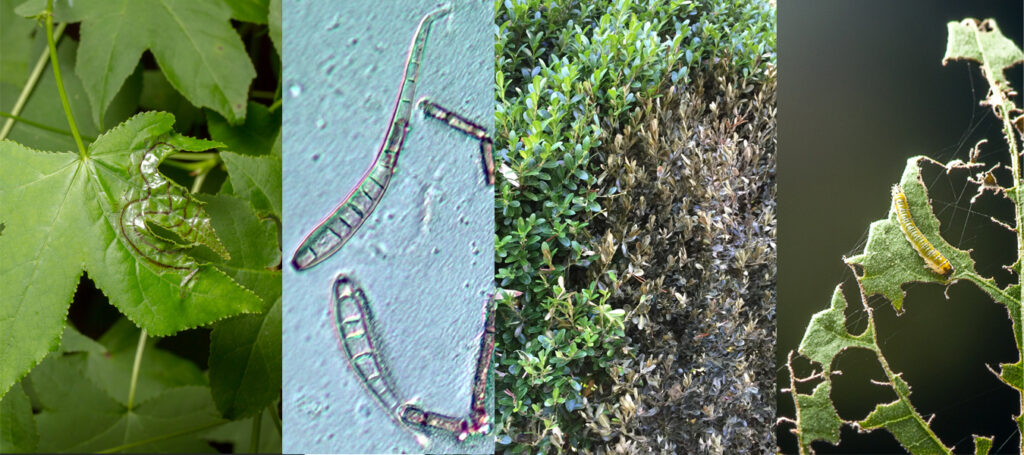Save the Date: Plant Problem Diagnostics Short Course 2022
go.ncsu.edu/readext?830428
en Español / em Português
El inglés es el idioma de control de esta página. En la medida en que haya algún conflicto entre la traducción al inglés y la traducción, el inglés prevalece.
Al hacer clic en el enlace de traducción se activa un servicio de traducción gratuito para convertir la página al español. Al igual que con cualquier traducción por Internet, la conversión no es sensible al contexto y puede que no traduzca el texto en su significado original. NC State Extension no garantiza la exactitud del texto traducido. Por favor, tenga en cuenta que algunas aplicaciones y/o servicios pueden no funcionar como se espera cuando se traducen.
Português
Inglês é o idioma de controle desta página. Na medida que haja algum conflito entre o texto original em Inglês e a tradução, o Inglês prevalece.
Ao clicar no link de tradução, um serviço gratuito de tradução será ativado para converter a página para o Português. Como em qualquer tradução pela internet, a conversão não é sensivel ao contexto e pode não ocorrer a tradução para o significado orginal. O serviço de Extensão da Carolina do Norte (NC State Extension) não garante a exatidão do texto traduzido. Por favor, observe que algumas funções ou serviços podem não funcionar como esperado após a tradução.
English
English is the controlling language of this page. To the extent there is any conflict between the English text and the translation, English controls.
Clicking on the translation link activates a free translation service to convert the page to Spanish. As with any Internet translation, the conversion is not context-sensitive and may not translate the text to its original meaning. NC State Extension does not guarantee the accuracy of the translated text. Please note that some applications and/or services may not function as expected when translated.
Collapse ▲UPDATE: Registration for the course is closed
The Plant Disease and Insect Clinic (PDIC) and collaborators are happy to announce a week-long Plant Problem Diagnostics Short Course to be held the week of July 25th, 2022. This is the third such course in the series, covering the central/Piedmont region of the state (following courses in the western (2018) and eastern (2019) regions).
This course is intended for state extension agents, and will be led by members of the PDIC and NCSU extension specialists. During the week, participants will visit field locations to diagnose plant problems on-site, as well as attend lab sessions to hone identification skills of pathogens, arthropod pests, abiotic disorders, and more.
We will be opening registration in early April. There is no cost for this course, but be sure to sign up quickly! It is limited to 20 participants with priority for agents working in the central region (see attachment for specific counties).
In addition, a few dissecting microscopes with cameras will be given to the offices of five agents who attend (details will follow after the course).
If you have any questions please contact Matt Bertone (matt_bertone@ncsu.edu) or the Plant Disease and Insect Clinic (plantclinic@ces.ncsu.edu)
Thanks and hope to see you there!
Sincerely,
Matt Bertone and the Diagnostics Team




